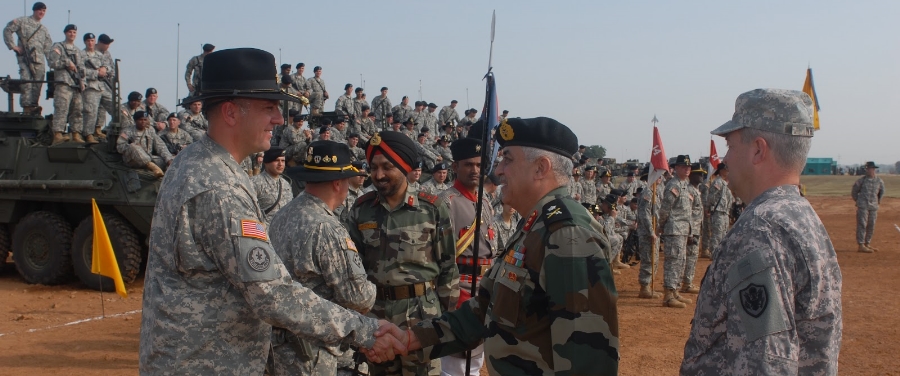The recent gaffe that occurred with regard to India’s most wanted list that was handed over to Pakistan has once again brought into focus the state of Indian security and intelligence agencies.
After the media reports revealed that three of the suspects, which India believed were hiding in Pakistan, were in the custody of Indian agencies, lame excuses were given to the people. One of the oft repeated excuse given by some Home Ministry officials was if India had the Natgrid (Home Ministry’s ambitious ‘Big Brother Project’) such mistakes could have been avoided.
Natgrid, if the project gets the go ahead, will have access to about 21 categories of databases (railway, air travel, income tax, bank accounts, credit cards, visa and immigration records). Somehow it was being suggested that the creation of Natgrid will solve India’s intelligence woes. Contrast this with US’s operation Geronimo, wherein the US agencies had painstakingly gathered complete information on Osama bin Laden’s whereabouts. The world’s most wanted terrorist was not using a phone, internet, and neither did he have any credit cards. In 1998, the US fired cruise missiles in Afghanistan where Bin Laden was hiding after he used a satellite phone which was traced. This time the US agencies, apart from using technology, tracked him with the help of excellent HUMINT (human intelligence).
In India, after every terror strike, almost all the agencies involved in internal security would try to save their skin by claiming to have issued intelligence alerts and warnings (many of which are given by foreign intelligence agencies). An alert/warning is a general information about an impending attack, with no specific information on the target, planner, timings, and motive. For getting this info, an agency need an informer inside the terror organizations whose sole aim is to destabilize India. These organizations, fully supported by Pakistan’s ISI, operate in such a way that intelligence on their activities is very difficult to gather.
Ground level intelligence gathering, apart from electronic intelligence, has become so challenging in the current scenario where various terror cells are operating independently of each other. So even if you penetrate one, the other cell can still carry out another strike without being bothered.
Maloy Krishna Dhar, a former senior IB official, has explained this Pakistan-sponsored terror matrix. According to him, “The network is complicated, often interconnected and separated by invisible walls of tanzeem incompatibility. It may be noted that different tanzeems normally do not collaborate with each other and very often the selection of the tanzeems and personnel in India are done by the ISI and the DGFI.”
Initially, the Pakistan-based terror organizations had to send people from across the border to create mayhem in India but now they have a huge pool of Indian jihadis to choose from. Our opportunistic and short-sighted politicians have always attempted (to protect their vote-banks) to hide the fact that there has always been local involvement in terror strikes across India (even in the 26/11 Mumbai attacks). Everytime there is a blast, the security agencies are ready with a statement that Pak-based terror groups are involved in the attack but nobody highlights the fact that there is an active local involvement and that they have miserably failed to investigate that.
According to security experts, Pakistan-based terror organizations — with help from Inter-Services Intelligence — have set up hundreds of terror cells/modules across India. A terror module is a functional unit which includes one or more terror cells. Every cell works independently of the other and the handlers in Pakistan manage these cells without worrying about the Indian agencies. The recurring terror strikes in our country suggests that the Indian agencies does not have the required human intelligence about the numerous cells and modules that operate here. They are simply clueless and even if they catch a suspect, he may not be able to give much information as other cells operate on their own.
According to Dhar, modules are more complicated than cells. A module may have 3/5 hubs and each hub may have 3/5 cells, he says.
Given the complicated nature of terror operations, it is very vital for any intelligence agency to have human intelligence about the adversary. Bilateral talks with Pakistan (to please the US or under pressure from it) can go on but India must never forget the fact that there are some people in power in Pakistan whose sole aim is to bleed India forever.
There is no substitute to excellent HUMINT in preventing terror strikes and taking proactive steps to target terror organizations. It is important to use technology but to believe that the formation of a Natgrid will solve our intelligence woes is foolhardy.
India needs to focus more on strengthening the HUMINT gathering activities if we want to successfully prevent terror strikes and eliminate people who promote terrorism in our country.
(This article first appeared on the website of Centre for Land Warfare Studies on June 06, 2011)


